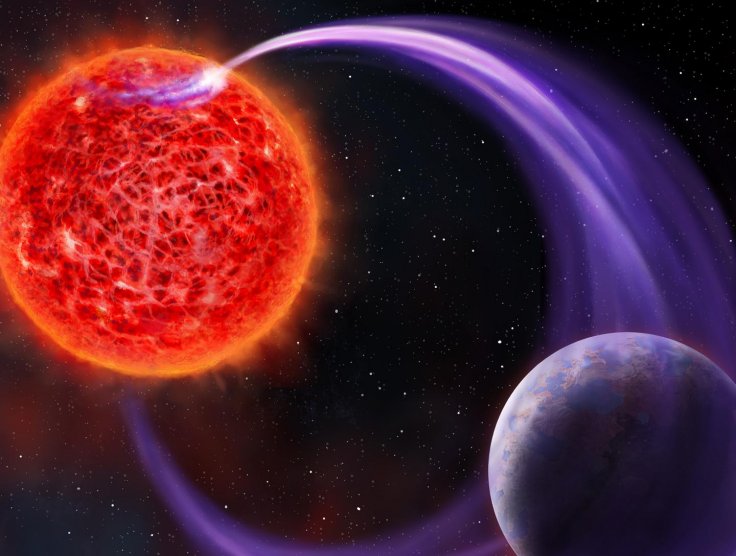Scientists were able to confirm the existence of a new exoplanet after analyzing its infrared signals. They believe that the exoplanet could be the focus of future studies to determine its possible habitability.
The alien world was detected using the Habitable-Zone Planet Finder (HPF), which is a spectrograph at the McDonald Observatory in Texas. Built by the Pennsylvania State University, the HPF is used to measure infrared signals detected in space. Observations on the new exoplanet using the HPF were presented in a study published in the Astronomical Journal.
Confirming A New Exoplanet

Known as G 9-40B, this exoplanet was first detected by the Kepler Space Telescope through its infrared signals. After analyzing these signals, the HPF then validated it as an exoplanet. According to scientists from the PSU, G 9-40B is about twice as big as Earth and is about as large as Neptune.
Observations on the planet revealed that it is orbiting a low-mass M dwarf host star that's only about 100 light-years from Earth. The scientists noted that the exoplanet completes its transit or journey in front of its host star in about six Earth days.
Other Observations On G 9-40B

Aside from the HPF, the scientists were also able to observe G 9-40B using a ground-based telescope at the Apache Point Observatory in New Mexico. Through their observations with this telescope, the scientists were able to observe the transit shape on the planet.
This represents the part of the planet's light that's blocked as it moves in front of its host star. Through this observation, scientists were able to collect more precise planetary parameters.
Determining G 9-40B's Potential Habitability
Through the data gathered about G 9-40B, the scientists believe that the exoplanet could be an ideal candidate for future in-depth studies that would focus on its atmospheric conditions. These kinds of studies would provide clear information regarding the exoplanet's environmental features and could even determine if it is potentially habitable.
"This demonstrates that a planet is causing the dips in light from the host star, rather than another astrophysical object such as a background star," Caleb Canas of PSU said in a statement. "We hope to obtain more observations with HPF to precisely measure its mass, which will allow us to constrain its bulk composition and differentiate between a predominantly rocky or gas-rich composition."









